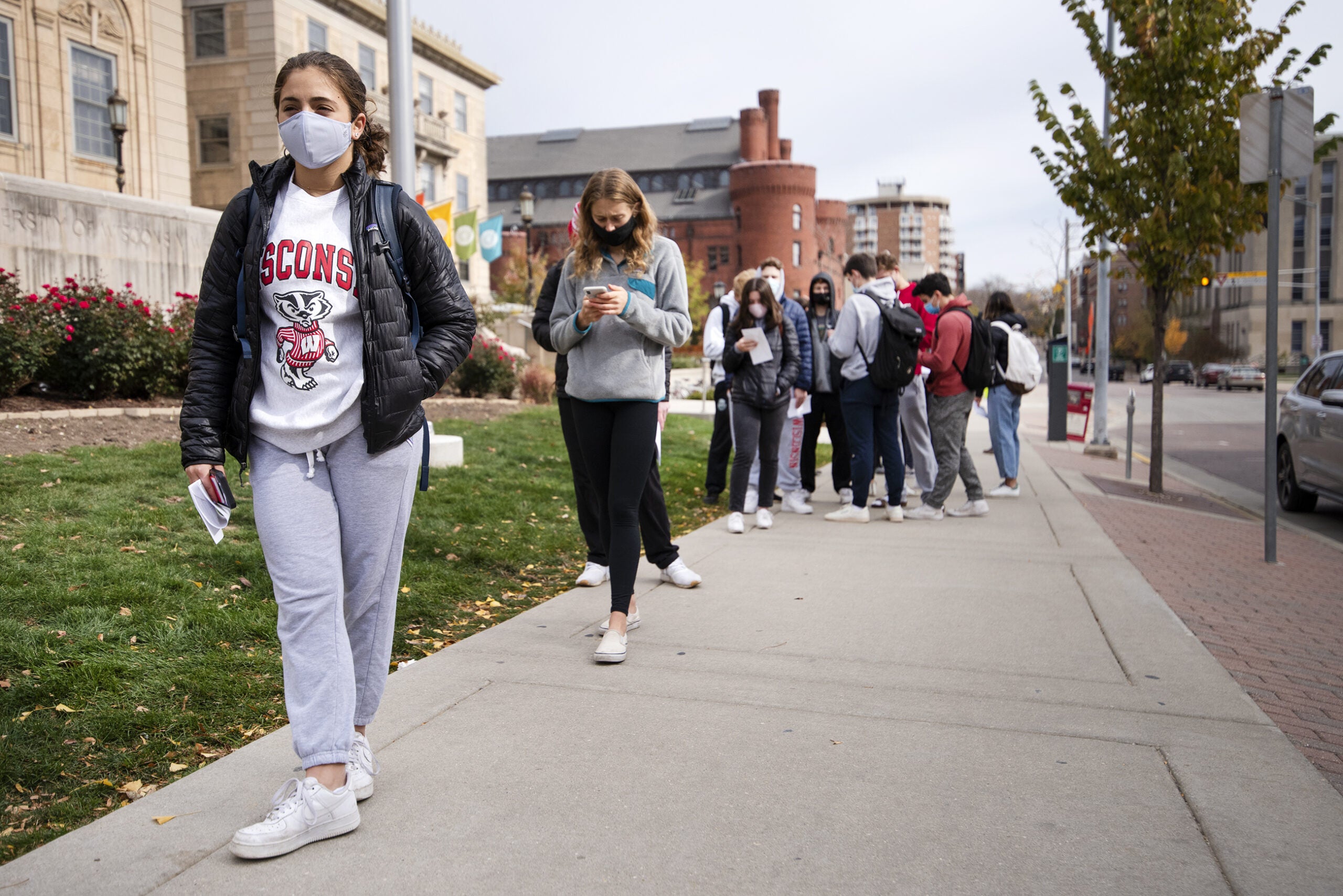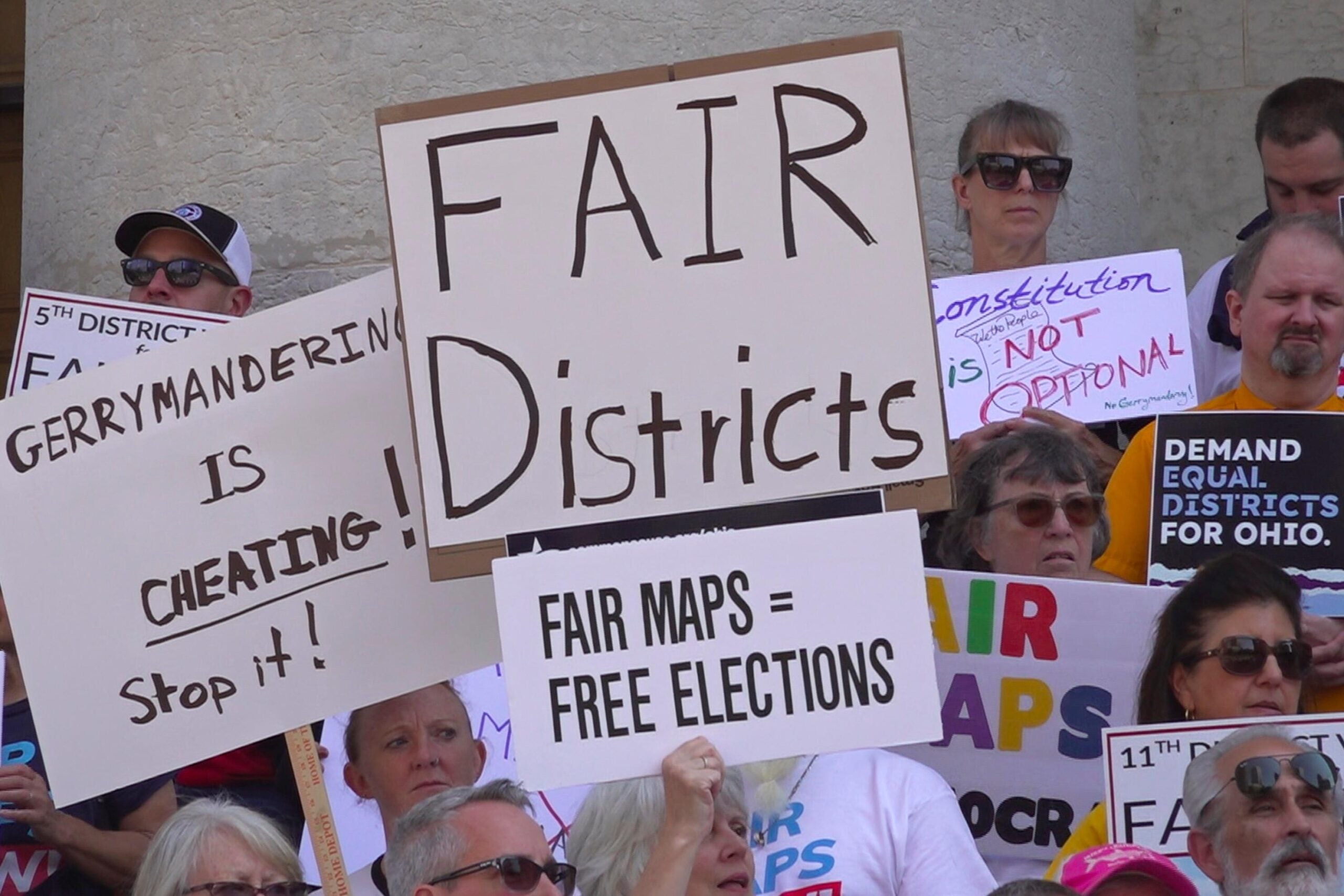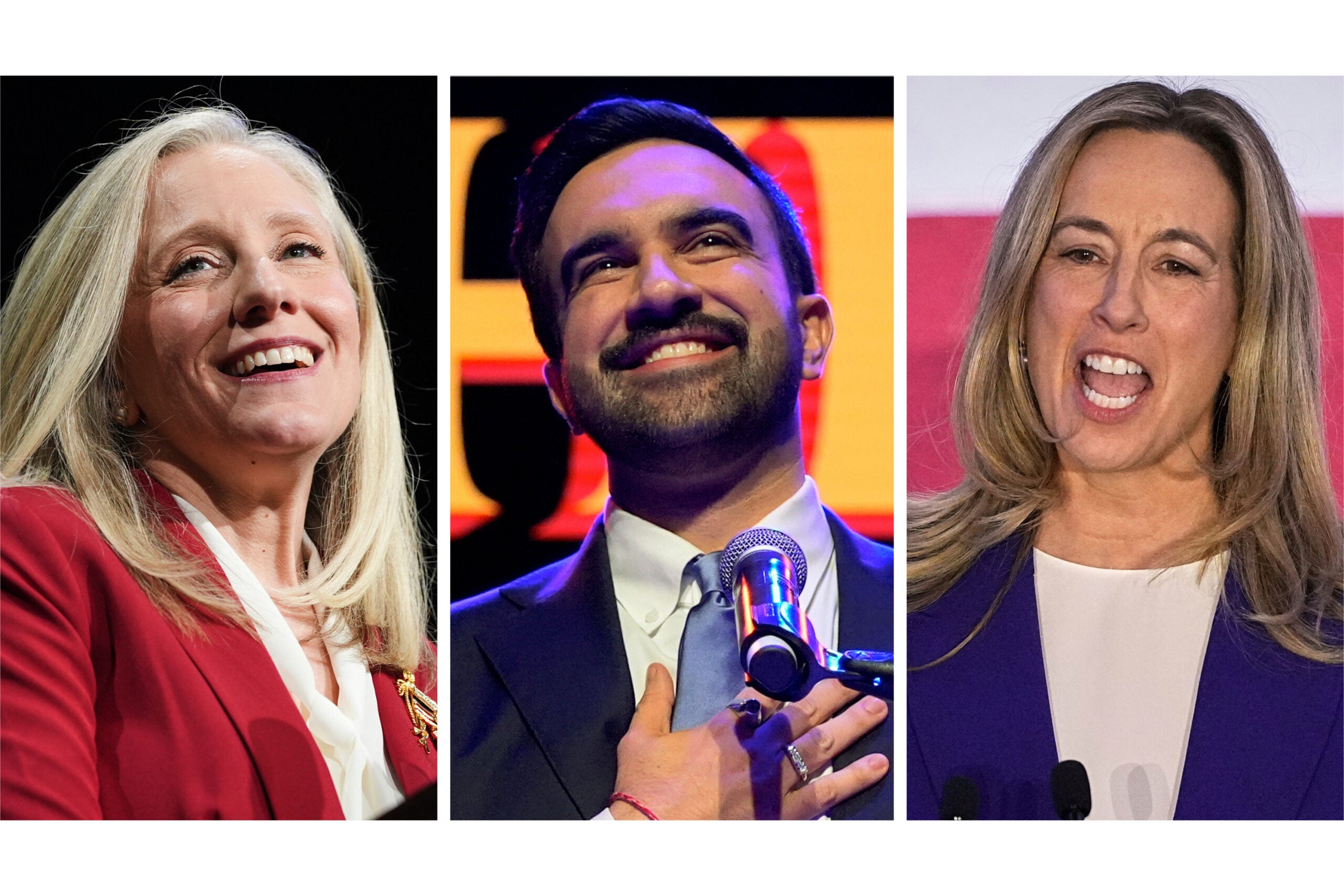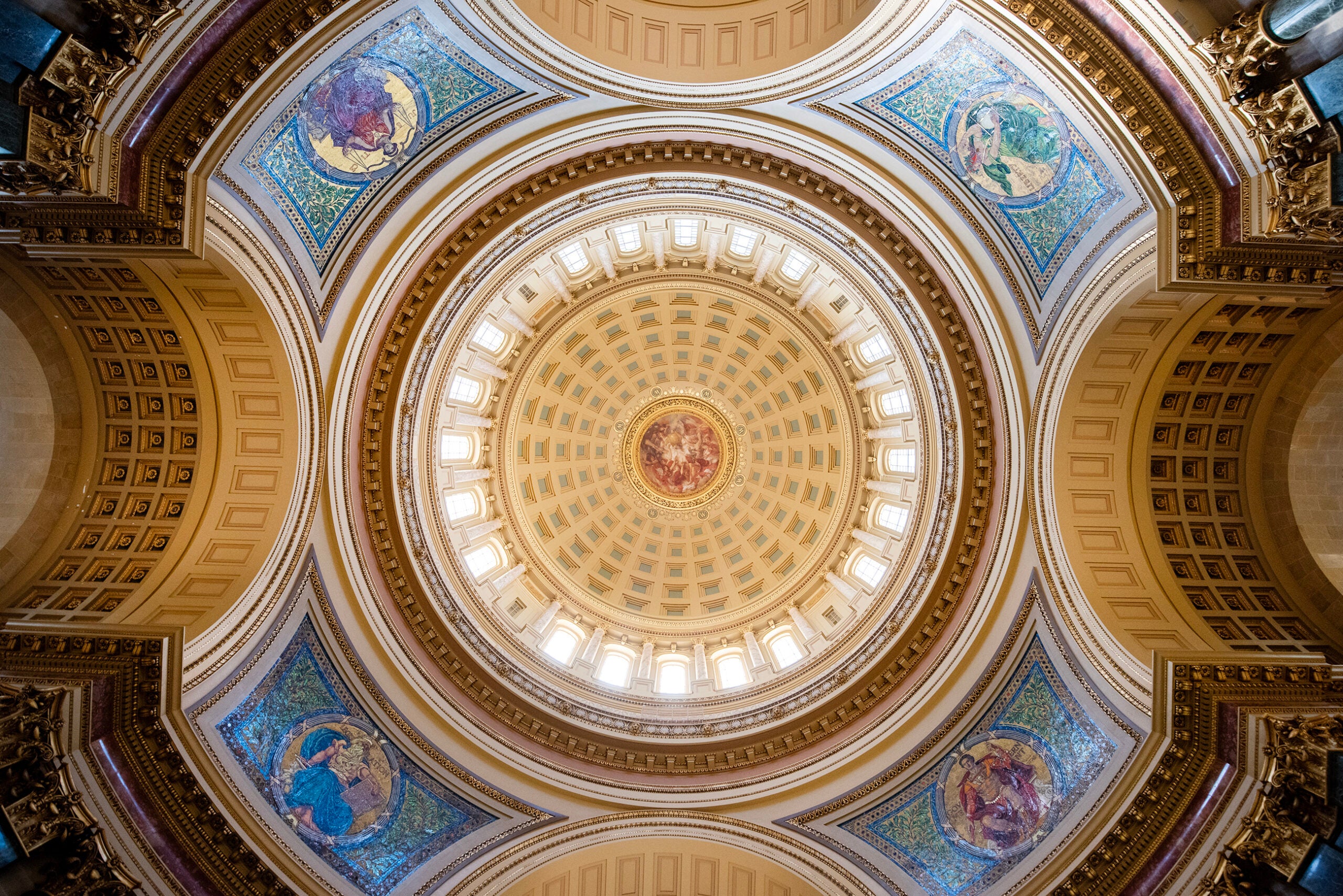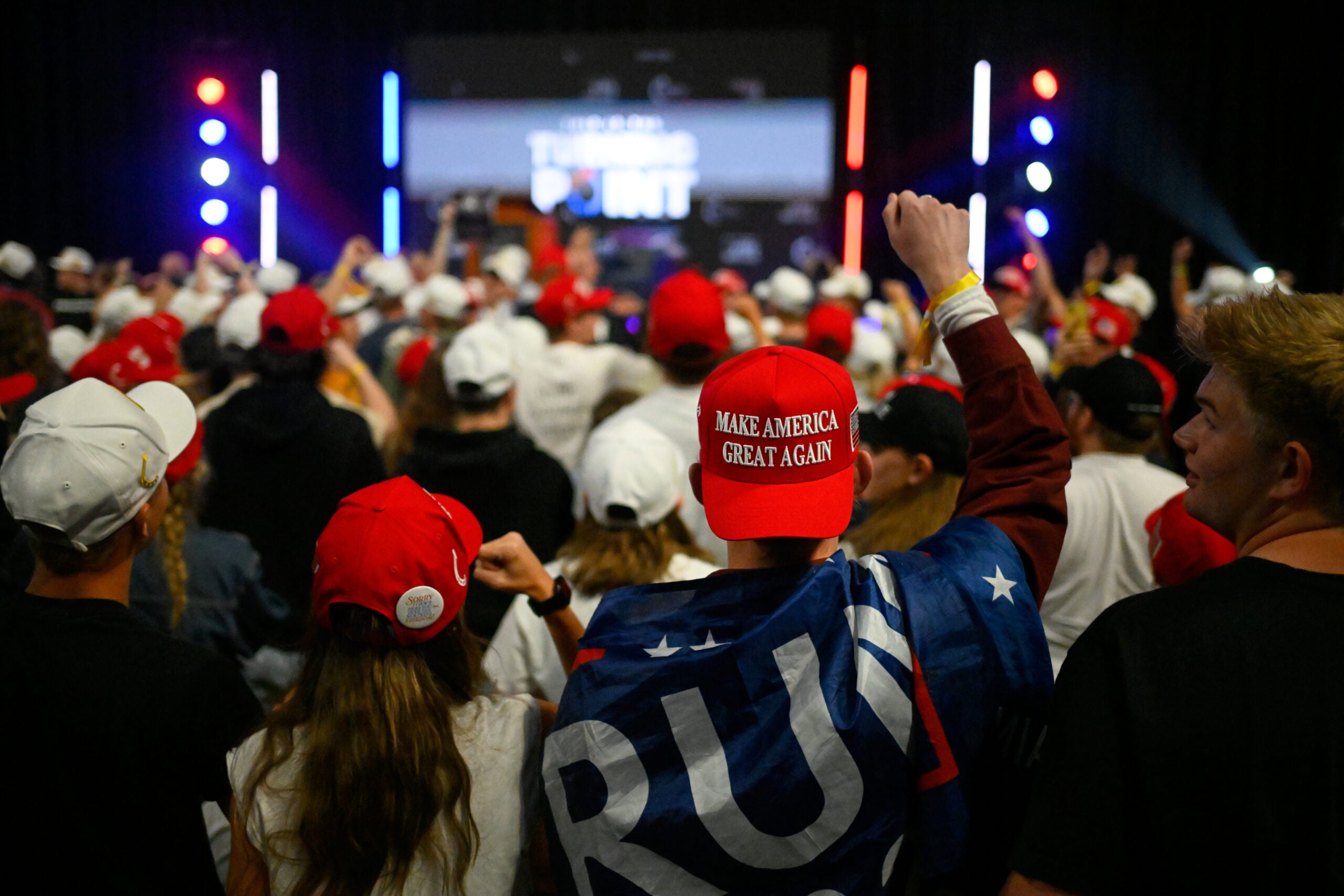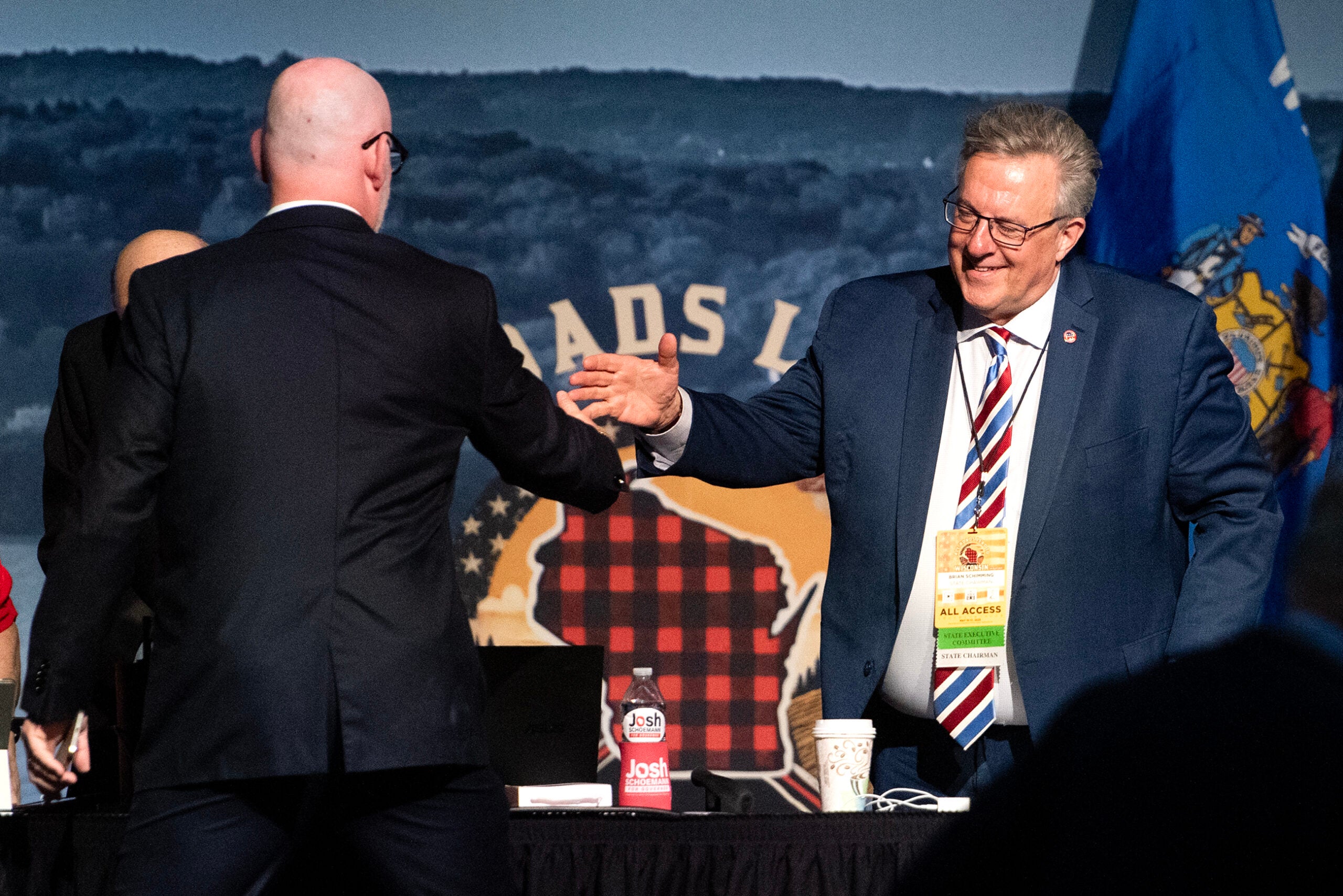As a freshman at the University of Wisconsin-La Crosse, Jake Williams was fired up for the 2020 presidential election. He knew his vote counted, especially in a swing state like Wisconsin.
Two years later, he’s the development director for the College Democrats of Wisconsin and a board member of College Democrats at UW-La Crosse. But he said he feels like some of the energy has been lost.
“On campus, like nationwide, I feel civic engagement is kind of dropping in between major election cycles. So there really isn’t like a strong Democrat party or a strong Republican Party,” he said. “It’s kind of made the campus very purple.”
News with a little more humanity
WPR’s “Wisconsin Today” newsletter keeps you connected to the state you love without feeling overwhelmed. No paywall. No agenda. No corporate filter.
His sentiment will be tested in less than two weeks, when some of the most closely contested elections in the country unfold in Wisconsin. Republican incumbent U.S. Sen. Ron Johnson is fighting for reelection against Democratic hopeful Lt. Gov. Mandela Barnes. The race for governor is also tight, with Democratic Gov. Tony Evers facing Republican challenger Tim Michels.
In a battleground state where candidates win by the slimmest margins, experts say even a modest share of voters could swing the midterm election. President Joe Biden won Wisconsin by only 20,682 votes in 2020. And Evers defeated former Republican Gov. Scott Walker by just 29,227 votes in 2018.
Young people make up about 16 percent of the state’s electorate, according to an analysis by the Center for Information & Research on Civic Learning and Engagement, or CIRCLE, at Tufts University. And they could make the election all the more competitive if they show up to the polls.
“I think that there are definitely promising signs, especially in such a competitive atmosphere, that young people will show up and make their voice heard at the ballot box,” said Peter de Guzman, an associate researcher at CIRCLE.
Voters ages 18-29 in Wisconsin can be “an electoral force” in part due to their high racial diversity, according to research by CIRCLE. Take Dane County, dominated by college students at UW-Madison. It has the largest youth population in the state at 24 percent.
But voter outreach efforts tend to neglect young people not in college, said de Guzman, who stressed the importance of closing those “outreach gaps.”
“If they are not registered, not on the voting rolls, it may be harder for parties who purchase voter file rolls or for civic organizations to find and contact them,” he said.
For decades, 18-to 29-year-olds have had the lowest voter turnout of any group. Historical trends show turnout for all groups falls for midterm elections. But experts say voting young is important for building habits over the course of a lifetime.
In the 2018 midterms, youth turnout surged to 36 percent, up from 20 percent in 2014. That marked a 79 percent spike – the biggest jump for any age group — according to U.S. Census Bureau data. Whether that trend continues will become apparent on Nov. 8.
Students appeal to peers, party leaders to get-out-the-vote
With Roe v. Wade overturned, abortion and other issues like climate change and student loan forgiveness could drive young voters to the polls, but some young people say those hot-button issues aren’t enough.
Williams of the College Democrats at UW-La Crosse said students outside of Madison and Milwaukee — which were instrumental to Biden’s win in 2020 — want to feel seen. He also said it’s important for young people to be part of the political process, regardless of their political affiliation.
“I think that the youth need to be more included in the campaigning process and more resources need to be sent to … chapters like UW-Eau Claire and UW-La Crosse, instead of just kind of like hyperfocusing on Madison and Milwaukee,” he said.
No college Republican groups immediately responded to request for comment for this story.
Laine Bottemiller is a sophomore at UW-Madison and an ambassador for the Andrew Goodman Foundation, a nonpartisan organization dedicated to empowering youth voters. She said that parties shouldn’t “brush them aside because they aren’t … as dependable of showing up.”
A poll by the Harvard Institute of Politics in April found that 36 percent of 18-to -29-year-olds said they will “definitely” vote in the midterm election. De Guzman of CIRCLE said that while certain policies such as banning absentee drop boxes could threaten their turnout, young people are “not disillusioned about their own power.”
CIRCLE ranked Wisconsin a top five state for its 2022 Youth Electoral Significance Index, meaning youth have a high potential to sway the Senate and governor’s races.
Above all else, students want politicians to take them seriously.
“Apathy … is the largest political party in America, which is unfortunate but true. So, I guess our job in mobilizing is giving youth organizations the resources and support they need to get people to the polls,” Williams said.
Wisconsin Public Radio, © Copyright 2025, Board of Regents of the University of Wisconsin System and Wisconsin Educational Communications Board.

